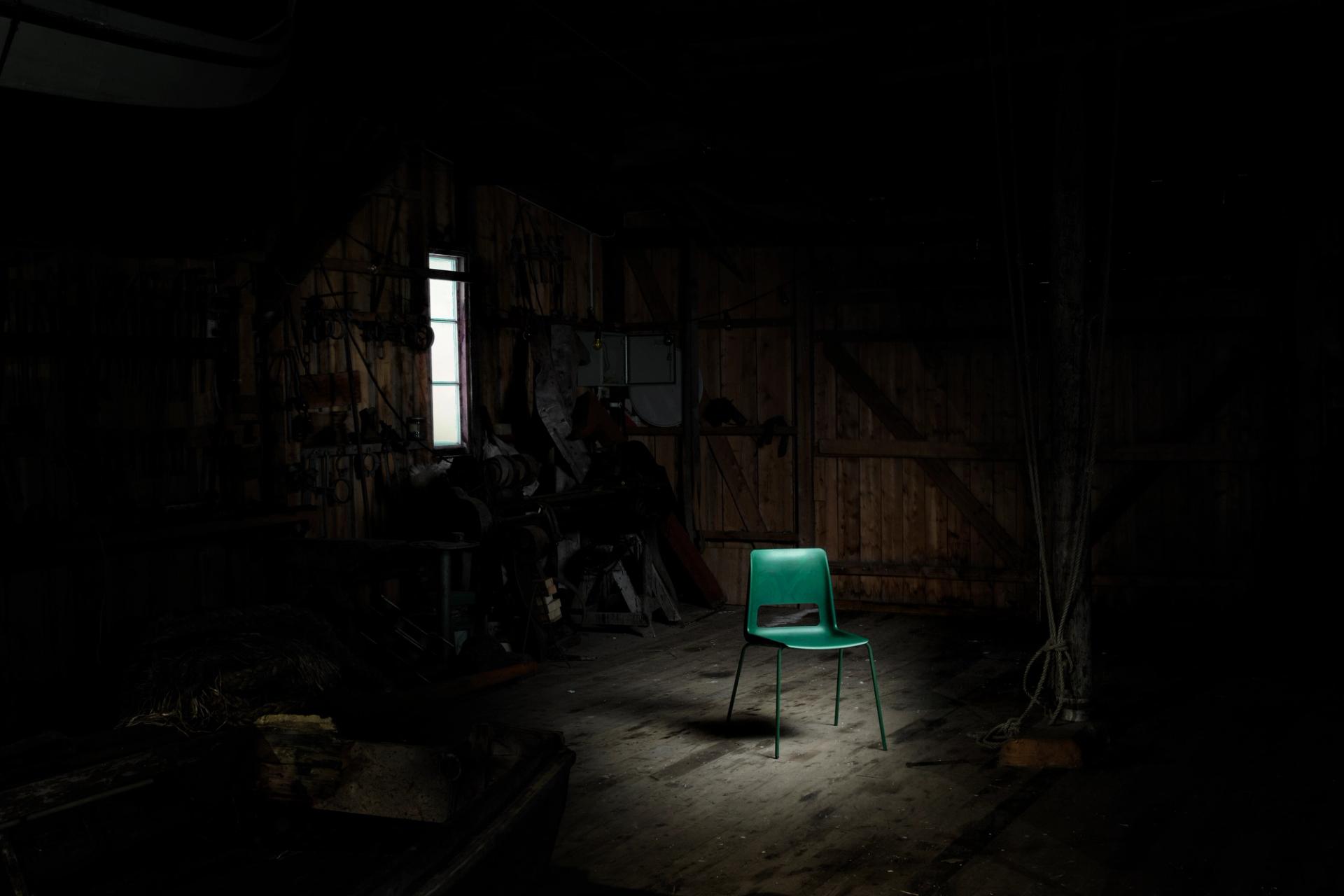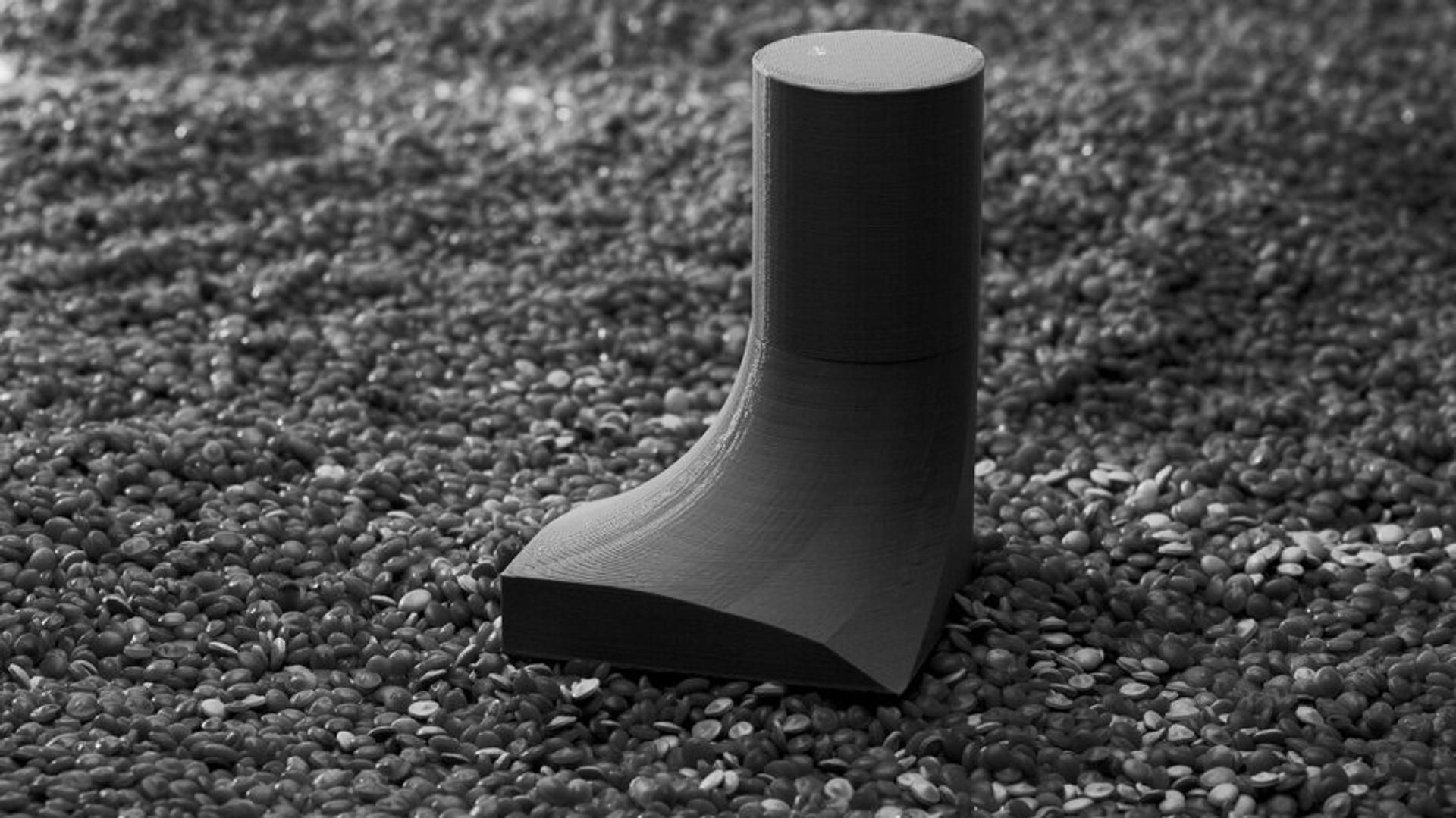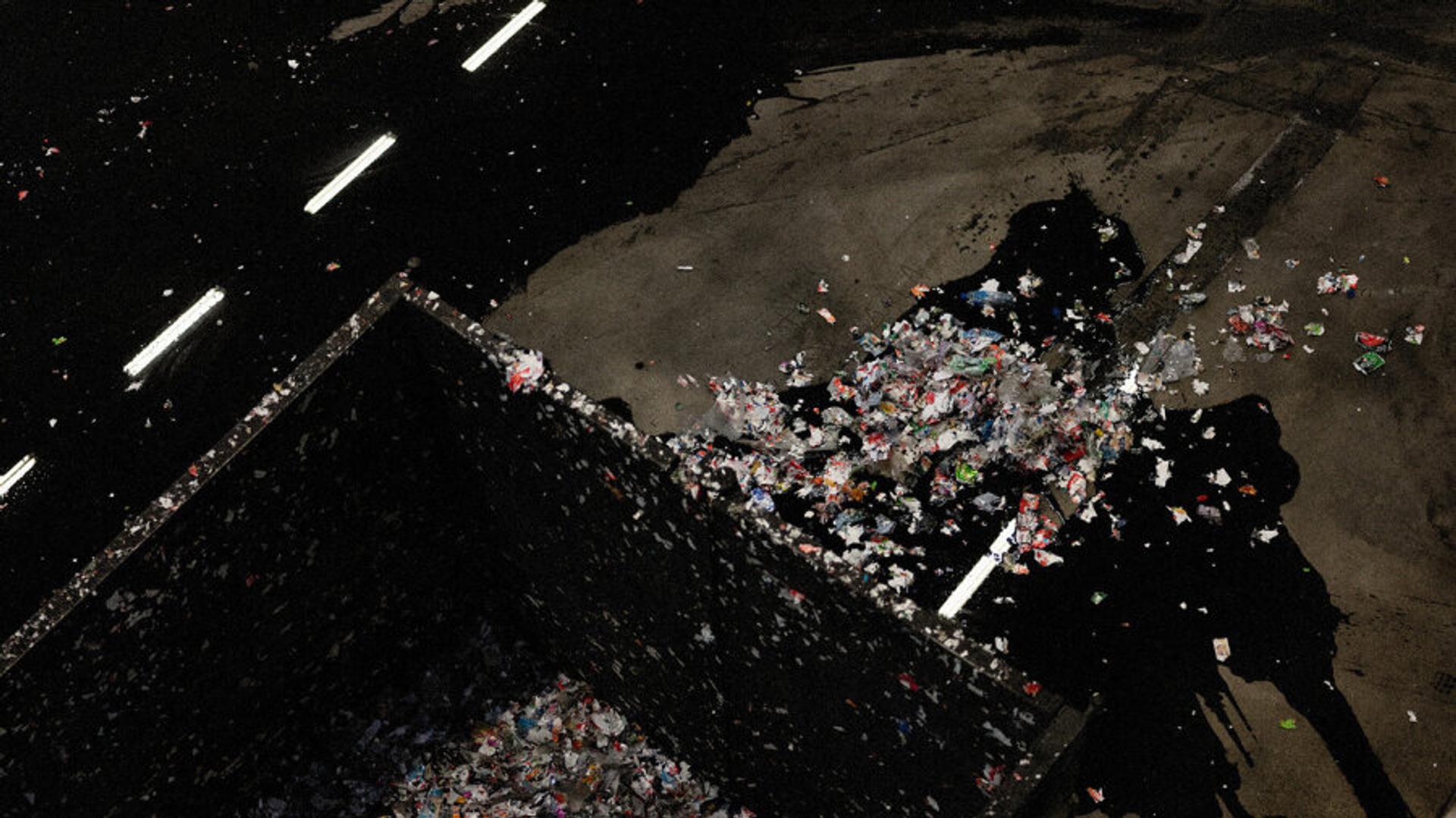From old aquaculture nets to iconic designer chairs that last a lifetime

In 2019 the internationally acclaimed architecture and design firm Snøhetta garnered significant attention worldwide when it presented the results of a two-year-long research project on plastic. The objective of the project was to understand the material’s nature, qualities and footprint and to challenge both the public’s and industry’s perception of plastic waste as having no intrinsic value.
“Receiving public innovation funding opened a lot of doors and made the project possible.”
Stian Alessandro Ekkernes Rossi
Architect at Snøhetta
The Snøhetta Plastic Lab
“The project started with my personal interest in opportunities for material research, including plastic. Receiving public innovation funding opened a lot of doors and made the project possible,” says Snøhetta architect Stian Alessandro Ekkernes Rossi.
Snøhetta’s research has led to the launch of several projects, among them a plastic laboratory, new ways of utilising disposable packaging and the development of several ultramodern designs.
The Snøhetta Plastic Lab is studying and testing different ways of handling plastics, with its current focus on regranulated plastic from everything from fishing nets and hay bale wrapping to office supplies and Styrofoam. The lab is housed in a container and is located on tiny Sukkerbiten island near the iconic Oslo Opera House, which, as it happens, was also designed by Snøhetta.

The beginning of a beautiful collaboration
The first physical result of the plastic research project is the S-1500 chair designed by Snøhetta and manufactured by New Comfort Products (formerly Nordic Comfort Products) (NCP). The aim was to transform plastic waste into highly durable interior design objects, as sustainable as they are visually unique.
NCP is located in Nordland County in Northern Norway. The company’s journey started with a study conducted in collaboration with the research institute SINTEF Manufacturing on how plastic waste from aquaculture can be reused in furniture production. NCP then invested in state-of-the-art equipment for injection moulding with a focus on plastic recycling and the circular economy.
The CEO of NCP, Svein-Erik Hjerpbakk, contacted Rossi after hearing about Snøhetta’s research project in the media. The result: NCP now uses plastic waste from two local aquaculture companies to manufacture the S-1500 chair.
“The S-1500 chair is produced using injection moulding, which is a sustainable way of working with plastic structures as it allows production to employ exactly the amount of material one needs – in this case 1 500 grams of recycled plastic. The process leaves no excess waste material and requires no additional finishing. The S-1500 chair is made to have significant longevity. In addition, since the recycled material has no additives, it can be remelted and used again and again,” explains Rossi.

Reducing waste and creating a circular economy
The body of the S-1500 chair is made of 100 per cent recycled plastic from worn-out nets, pipes and ropes provided by local fish farming companies Kvarøy Fiskeoppdrett and Nova Sea. The waste is collected, processed and ground into granules that are in turn injected into moulds.
The characteristic colours of the nets and other plastic waste – yellow, blue and green – blend beautifully into a dark forest green shade similar to marble, so no additional colour is needed.
Moreover, as the S-1500’s subframe is made from 20 per cent recycled steel, the chair has one of the smallest carbon footprints in its market segment – five to eight kg of CO₂, cradle to grave. This is significantly lower than similar products fashioned from virgin plastic.

Redesigning an iconic chair
The S-1500 chair is a structural redesign of an NCP design classic – Norwegian modernist Bendt Winge’s R-48 chair. Launched in the late 1960s, over 5 million R-series chairs for schools and offices have been sold in Norway.
The updated, ultra-sustainable S-1500 chair was showcased at the Stockholm Furniture and Light Fair in February 2019.
According to Rossi, demand for the chair is mostly from abroad, but the furniture manufacturer will only ship it by sea. “When the chair travels,” he says, “it will travel in the most environmentally friendly way possible.”

Waste with value is no longer just waste
The use of plastic has increased dramatically since the 1960s, and both the production and the disposal of plastic have a significant impact on the environment. In order to reduce the need to produce virgin plastic, both consumers and industry must acknowledge the inherent value in plastic waste and find creative ways to reuse the material.
With the S-1500 chair, Snøhetta hopes to inspire industry to use recycled plastic in new ways through innovation and design. The company is also seeking to change some commonly held misconceptions.
“It is a grave misunderstanding that industry does not have sufficient access to large amounts of plastic that can be reused again and again. Should we ever run out of used plastic, the chair will die,” concludes the architect.
Given the tremendous amount of plastic pollution, that is a scenario that does not seem to be imminent.

Ocean challenges, creativity and sustainability
Snøhetta is also conducting research on other materials, akin to the plastic project “We are also looking to do something similar with clay,” says Rossi. “The seabed of the inner Oslo fjord consists mainly of blue clay, and the construction industry is stuck with a lot of leftover material. We are researching every possibility and are definitely open to collaborating with companies that work with clay.”

